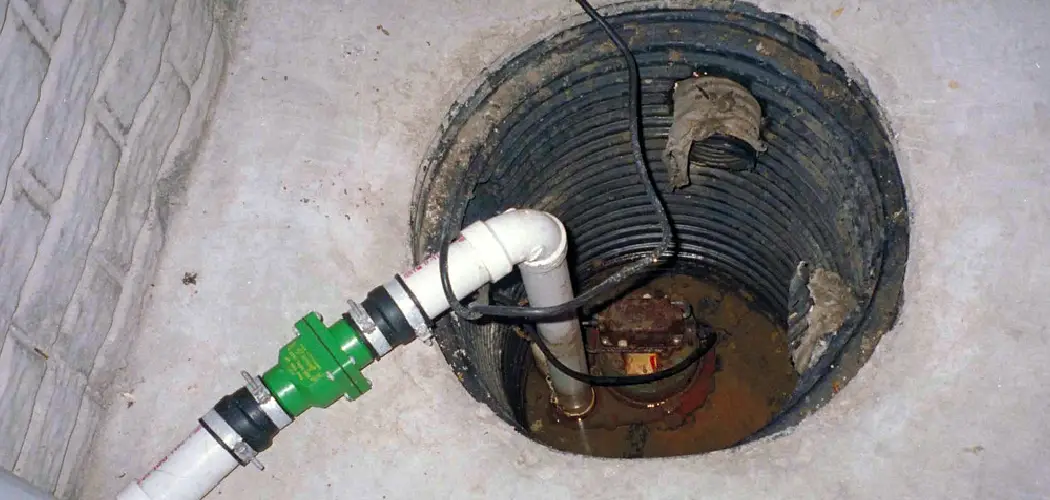When it comes to protecting your home from flooding, having a working sump pump is key. With heavy rains and inundated storms plaguing so many areas around the country, malfunctioning sump pumps can spell disaster for homeowners everywhere—but how do you know if yours isn’t in working order?
Fortunately, there are certain warning signs that can tell you whether or not your sump pump is doing its job correctly and this blog post, we will discover how to know if sump pump is working! From understanding basic troubleshooting steps to testing each component of the system, this post will equip you with everything needed to ensure that your sump pump stays functioning properly over time.
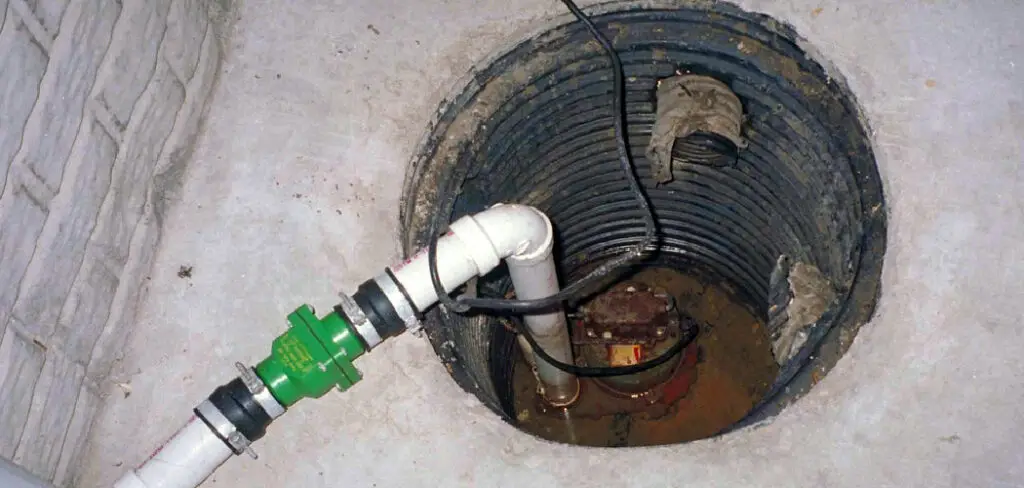
What Is the Best Way to Test a Sump Pump?
The best way to test a sump pump is to check it regularly and inspect the system for signs of trouble. First, make sure to clean out any debris or sediment that may have built up in the sump pit. This can be done using a garden hose or bucket filled with water. Once the pit is cleared out, you should plug the pump into a power source and turn it on. If the pump is working properly, you should see it activate and fill up with water. Additionally, if the sump pump has an alarm or float switch, test them to make sure they are functioning correctly.
You can also test the sump pump by filling the pit with water and seeing if the pump turns on. This is a good way to make sure that the pump is working properly and can handle high water levels. If the pump does not turn on, you should try resetting it or checking to see if there is something blocking its intake grate.
Finally, be sure to test your sump pump periodically to make sure it is in good working order. This includes checking the electrical connections, testing the alarm and float switch, and listening for any strange noises coming from the pump. Testing your sump pump regularly can save you time and money in the future by ensuring that it will be able to handle flooding or heavy rainstorms. Keeping your sump pump in good condition will also reduce the risk of flooding or water damage in your home.
10 Methods on How to Know if Sump Pump Is Working
1. Check the Float Switch
The float switch is a device that turns the sump pump on and off based on the water level in the sump pit. If the float switch is not working properly, the sump pump will not be able to turn on and off as needed, which can cause flooding.
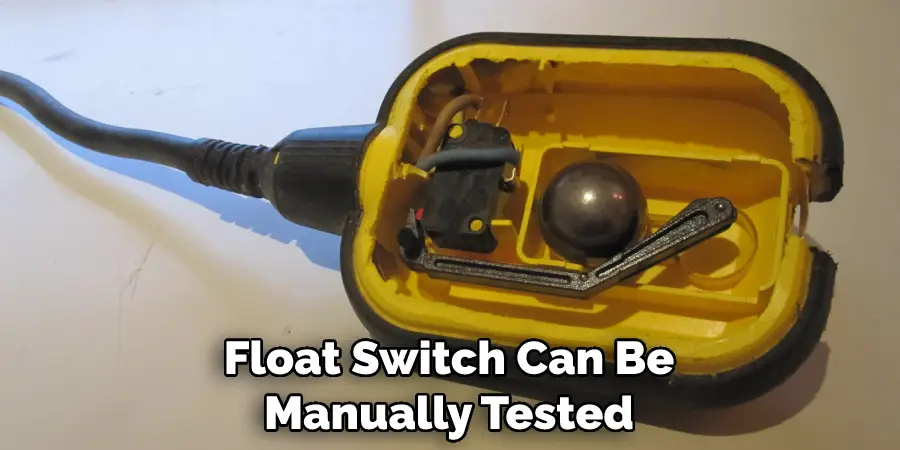
To check the float switch, make sure it is in the proper position and that it moves freely when elevated by hand. Although the float switch can be manually tested, it is best to have a professional inspect the sump pump system.
2. Listen for the Sump Pump
If the sump pump is working properly, you should be able to hear it running when the water in the sump pit reaches a certain level. If you cannot hear the sump pump running, it may be because it is not receiving power, the float switch is not working properly, or there is something blocking the impeller from moving.
If these problems are not the cause, it is possible that the pump itself has failed. While it may be possible to repair a sump pump, it is often more cost-effective to replace the entire unit.
3. Check for Water Discharge
If the sump pump is working properly, you should see water being discharged from the discharge pipe when the water in the sump pit reaches a certain level. If you do not see any water being discharged, it may be because the discharge pipe is blocked or there is something wrong with the impeller.
You can try unblocking the discharge pipe or you can also check to see if the impeller is working properly. If there still does not seem to be any water being discharged, it may be time to call a plumber or buy a new sump pump.
4. Check for Power
If the sump pump does not seem to be working, one of the first things you should check is whether or not it is receiving power. You can do this by checking to see if the circuit breaker has been tripped or if there is a fuse that has blown. If the power is off, you will need to reset the circuit breaker or replace the fuse.
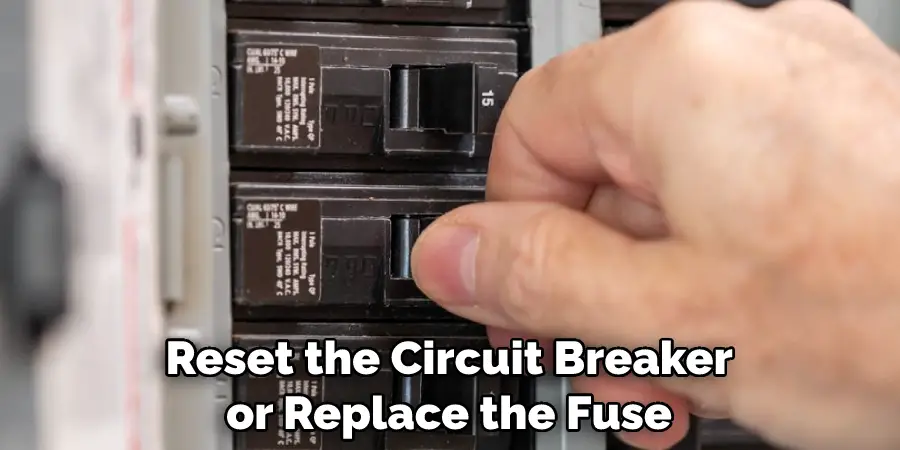
If the power is on, but the sump pump still isn’t working, you will need to look at other possible causes. Although it is possible that the pump has simply worn out, it is more likely that there could be a blockage or other problem that is preventing it from working properly.
5. Check for Leaks
Another reason why a sump pump may not be working properly is that there are leaks in either the intake or discharge pipes. These leaks can cause water to enter the sump pit and prevent the pump from being able to remove all of the water. To check for leaks, inspect both the intake and discharge pipes for any signs of water escaping.
If you find any, you may need to replace the pipes or use a sealant to fix the leak. You should also check for any cracks or holes in the sump pit itself, as these can allow water to enter as well. If you find any damage, make sure that it is properly repaired before using the pump again.
6. Clean Out the Sump Pit
Over time, sediment and debris can build up in the sump pit, which can prevent the float switch from working properly or block the impeller from moving. To clean out your sump pit, simply remove any debris that you see and make sure that there is nothing blocking either the float switch or impeller.
Once you’ve cleared out the debris, you can move on to testing your sump pump. While it is important to clean the sump pit, it’s also important to check the condition of your pump and make sure that it is in good shape. This will help you ensure that it can work properly and efficiently when needed.
7. Replace Any Worn Parts
If any of your sump pump’s parts are worn out or broken, they will need to be replaced before your pump will work properly again. This includes things like worn impellers, damaged float switches, and cracked intake or discharge pipes.
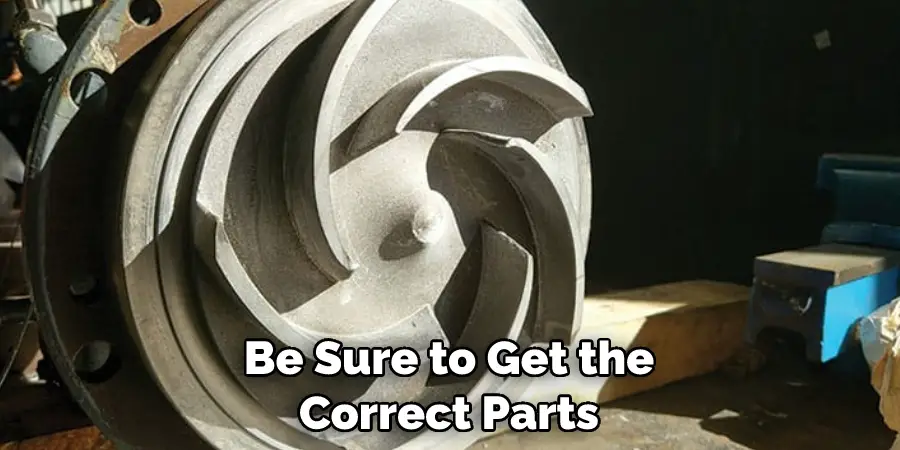
Replacement parts are available from most hardware and home improvement stores, or you can order them online. Be sure to get the correct parts for your particular sump pump model. Once the new parts are installed, your sump pump should be back to normal operation.
8. Test the Sump Pump
If all else fails, you should test the sump pump by plugging it into a power source and turning it on. This will allow you to see if the pump is working properly and can handle high water levels. If the pump is functioning properly, it should be able to take on a large volume of water and move it away from your property.
If you have any doubts or questions about the sump pump, you should contact a professional plumber to come and inspect it. A qualified plumber will be able to determine if the pump is working properly and advise you on any repairs or replacements that may be needed. Keeping your sump pump in good working order is essential to protecting your property from flooding.
9. Consider Purchasing a Backup System
If your home frequently experiences flooding or heavy rainstorms, you may want to consider purchasing a backup sump pump system. This will ensure that your home is always protected from water damage in the event of a power outage or malfunctioning primary pump.
Make sure to purchase one that’s powerful enough for your needs and consult an expert on proper installation. Installing a battery-powered emergency backup system is also a great way to protect your home from flooding in the event of a mechanical failure.
10. Have Your Sump Pump Serviced Regularly
Finally, be sure to have your sump pump serviced regularly. Professional plumbers will be able to inspect the pump and replace any worn parts or make other repairs as needed. Regular maintenance can help extend the life of your sump pump and ensure it functions at peak performance when you need it most.
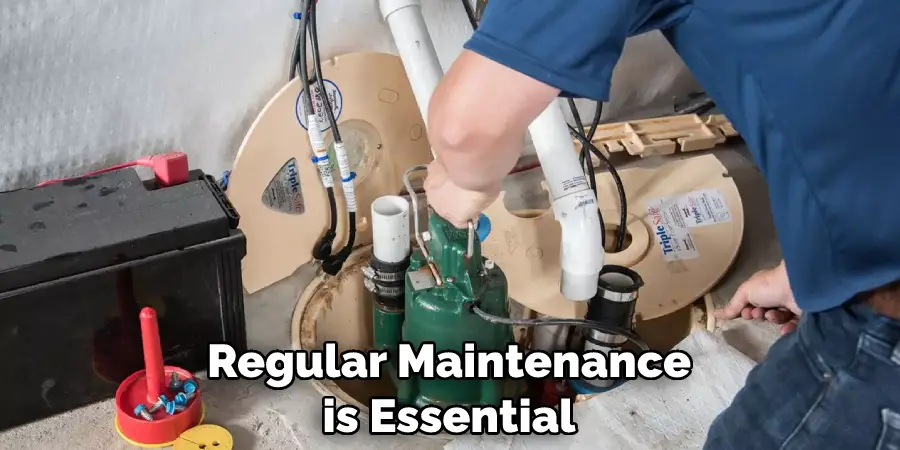
Though it may seem like a hassle, regular maintenance is essential to keeping your sump pump in good working order. Be sure to schedule an appointment with a plumber at least once a year to have your sump pump serviced.
Conclusion
Taking these steps can help you detect early or potential problems before they start causing disruption or, worse–flooding. While no one wants to deal with any failures or hiccups along the way, having the knowledge to know when a situation will arise can put us back in control of our home’s safety against flooding.
We hope this guide on how to know if sump pump is working was helpful. Please share it with your friends on social media if you find it useful. And be sure to check back here soon for more informative guides like this one
You Can check It Out To Reset a Sump Pump

